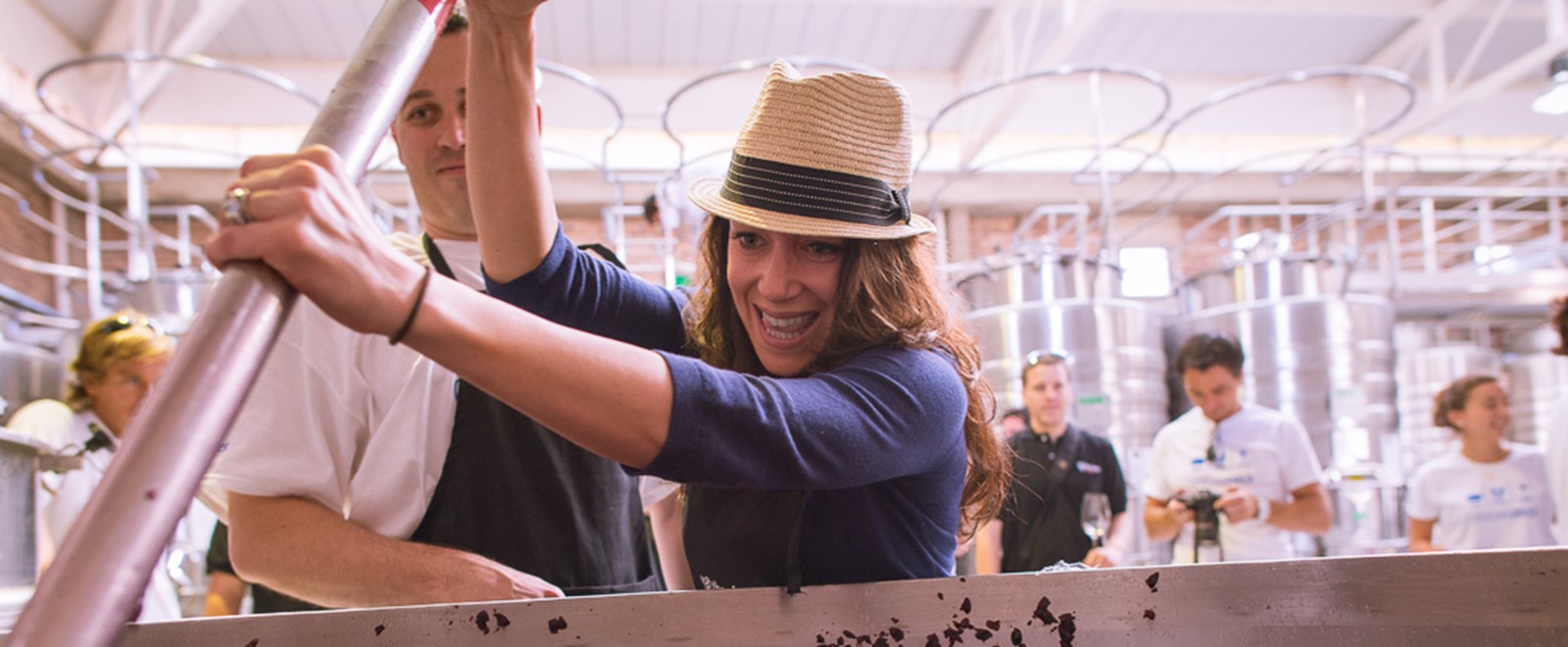In the midst of Vendimia madness, one of Mendoza’s downtown plazas sets out upon a celebration all its own: Festa en Piazza. The Plaza Italia Fiesta blankets Italy Square, one of the city’s 5 downtown plazas, and fills it with celebration for a handful of nights in early March. Organized by the Italian Federation and staffed by local Argentine-Italian families, the food, the music and the mayhem are all to celebrate Argentina’s Italian roots.
And the roots go deep. Beginning in the 1850s, Italians began settling in Argentina. Today, approximately 60% of the population is of Italian descent, which comes to a not-so-humble total of nearly 25 million people. But the statistics don’t quite do it justice. After all, it’s an influence that can be sensed nearly every day in Mendoza.
You can taste it in the pizzas, the milanesas (breaded and fried meats derived from cotoletta alla Milanese), the ravioles, canelones and monthly gnocchi day. You can hear it in the boisterously passionate conversation of two people talking on the street. You can see it in the European style architecture of Mendoza City. And you can celebrate it in the plaza, once every year for a few short days in March.
This heritage is kind of a big deal – and therefore, so is the festa en piazza. The truth is that there are a meager handful of occasions that inspire Argentines to arrive on time, and even fewer that induce them to actually arrive early. This is one of the few. A quarter to nine – late afternoon by local standards – the plaza begins to fill with partygoers. That after all, is when the first dishes are ready to be served.
Outlining the plaza, encompassing the city block, stood rows of white tent stands staffed by local families, each one representing a different Italian region. It was street food family style, and the choices required a hefty appetite. Orechietti, taralli, Chorizo pomarola, provolone il panino, lasagna, Canelones, capeletti, polenta, piadian, calzone, tiramisú…the menú was as musical as it was delicious.
As the night paced onward, the masses of hungry people piece-mealing their dinners together from one stand to another, slowly began to settle down. They had spent their tickets, hushed their rumbling stomachs, and found seats on a patch of pavement to listen to the lineup of performers. Folk dancers, music students, and local bands each took a turn on the makeshift plaza stage.
By the end of the night, the entire plaza was heavily under the influence of cheap limoncello and the pulsing rhythms of some foreign opera. In the front rows, the audience followed the expressive hands of the young singer as he kneaded each note into the open air – stretching his breath and folding the notes into one another. The majority of the crowd didn’t understand a word, but we really didn’t mind. Italian, as it turns out, is a language of many things.
It’s the way melted mozzarella stretches in elastic threads as you fight to pull away the first bite of pizza. It’s the way the tiny gray-haired woman waves her scarf in the air when the MC asks if any Italians are in the plaza tonight. It’s the hands of the singer who practically signs the lyrics of what could perhaps be a love song.
And it’s the spirit and traditions of the immigrants that exchanged one country for another, yet somehow are always at home.

